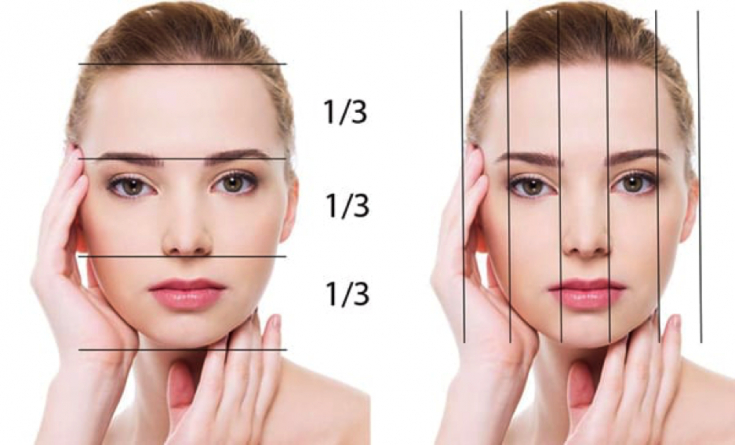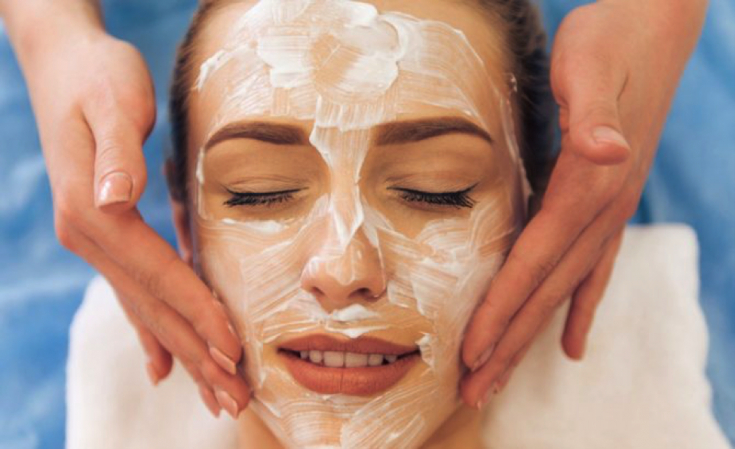Contour plastic allows you to quickly provide beautification and rejuvenation of the patient, while not requiring much time for rehabilitation.
However, in order to not face complications that will spoil the whole impression of aesthetic correction with fillers, it is necessary to clearly understand what steps the doctor should take in order to get the ideal result, and not disappoint your patient.
On estet-portal.com, read what should ideally start, how to pass, and how end contour plastic procedure.
- 1 Step: Evaluate the patient for contouring
- 2 Step: Selecting the right filler for contouring
- 3 Stage: proceed to the procedure of correction with fillers
- 4 Step: remember documentation
Step 1: Evaluate the patient for contouring
- Assessing Patient Expectations
This is very important, as patients with unrealistic expectations will always end up dissatisfied, which can demoralize the doctor or jeopardize his reputation.
Find out how the patient handles pain, recommend more intense anesthesia to patients with lower pain thresholds.
Read the most interesting articles in Telegram!
- Medical evaluation of patients
Collect the patient's medical history, find out what drugs he is taking.
The risk of bruising is greater when patients have bleeding disorders, uncontrolled hypertension, or when taking anticoagulants such as aspirin, clopidogrel, or warfarin.
Always test for lidocaine hypersensitivity. Finally, check for any signs of inflammation in the area to be treated. Active inflammation leads to degradation of the filler.
Anti-age procedures: nasolabial fold contouring
- Aesthetic assessment of the patient
Aesthetic evaluation of the face should first of all take into account the goals of the patient: does the patient want to restore his former beauty or emphasize new features?
The evaluation of the area to be treated must be carried out in an upright position. Gravity accentuates the appearance of wrinkles and imperfections in the skin.

It is important to identify any asymmetry and inform the patient of this before starting the procedure.
Step 2: Selecting the right filler for contouring
A wide range of different fillers is now available. You need to choose the right tool for the right job.
Facial contouring: how to prevent side effects
The choice of fillers depends on various factors:
- Repairable Defect: Requires denser fillers to add volume or projection; for surface defects, lighter molecules are preferred.
- Desired durability: Permanent fillers are preferred for long lasting results.
- Material: fillers based on hyaluronic acid, polylactic acid, collagen, etc.
Combining different fillers on the same area in the same session is not recommended due to possible incompatibility of these preparations.
Stage 3: proceed to the procedure of correction with fillers
- Preparation of the area for the introduction of the filler
Strict asepsis must be maintained during vehicle insertion. The area to be treated must be disinfected using the iodine-alcohol-povidone-alcohol method.
- Pain relief
Any medical intervention should be as painless as possible, especially when contouring is performed. However, pain relief should not affect treatment outcomes.
For example, doctors often encounter this problem when they block the infraorbital nerve with lidocaine before filling the nasolabial sulcus. Anesthetic administered in the infraorbital region distorts the local anatomy and may result in suboptimal correction.
In these situations, a suitable option would be to choose a filler that has been premixed with lidocaine.
Does allergies occur after the use of hyaluronic acid: causes of trouble
The use of topical anesthetic creams such as EMLA can improve skin hydration and make fine lines invisible resulting in imperfect correction. Ice packs can be used to compensate for this effect.

- Injection technique
If the filler to be placed on the surface is injected deep, it simply diffuses into the deeper plane, requiring larger volumes to fill the defect, and also results in faster resolution .
Injection Technique Features by Dr. Dalvi Hamza
More dense fillers, when superficially injected, result in lumping and whitening. If lumps are visible, dissolution with hyaluronidase should be performed immediately after recognition until the lump has flattened out.
Undercorrection is always better and safer than overcorrection.
Overcorrection can be corrected by hyaluronidase injection for hyaluronic acid fillers or aspiration with a wide-bore needle or incision and extracting excess filler.
4 Step: Remember Documentation
The lot number sticker supplied with the vehicle must be affixed to the patient consent form. Adverse effects arising from inconsistencies in production can be traced back to the lot number.

The name of the filler and the amount entered in the various areas should be mentioned in the table which contains the sketch of the treated body part. This is not only relevant for follow-up, but is also very important if the patient is subsequently scheduled for any other rejuvenation procedures such as laser, radio frequencies, etc.
More useful and interesting information on our channel on YouTube:









Add a comment